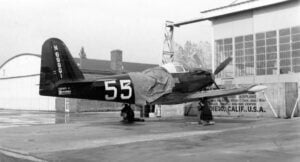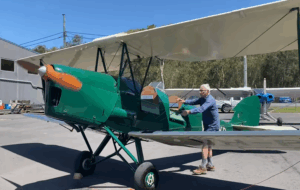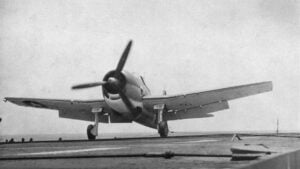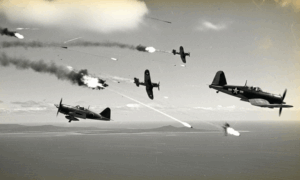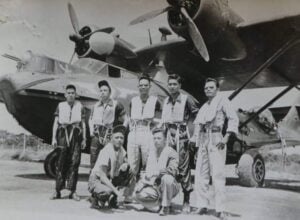The Story of the ‘Atta-Girl’ Pilots Who Helped Win WWII
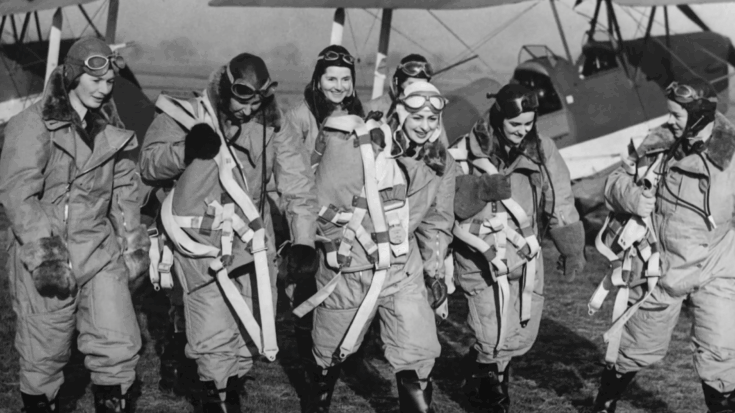
Global News / YouTube
The Day Flying Became a Calling
When Britain declared war on 3 September 1939, Stella “Jaye” Edwards was waiting for good news of her own. Less than twenty‑four hours later an envelope arrived: her civilian pilot’s licence, earned after lessons in a tiny de Havilland Tiger Moth. For a twenty‑one‑year‑old who loved “romance and adventure,” the timing felt like fate. Yet the Royal Air Force still barred women from the cockpit, so Edwards joined a nursing unit and watched the skies, certain that an opening would come.
Her chance appeared in 1941 when the Air Transport Auxiliary—ATA for short—placed a small notice asking for experienced female pilots. The job was unglamorous but crucial: ferry brand‑new or freshly repaired aircraft from factories to front‑line squadrons. Edwards signed at once. She would become one of 168 women who wore the ATA wings and quickly earned the affectionate nickname “atta‑girls” from grateful ground crews.
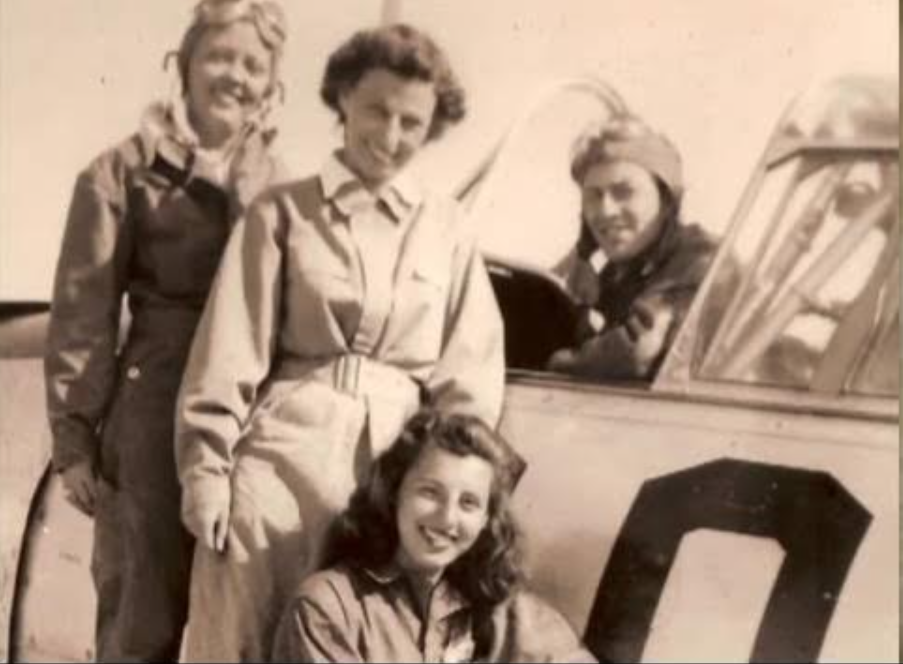
Learning in the Air, Manual on the Knee
The ATA worked on a simple rule: deliver the aircraft, no matter the type. Training was brief; practice time in each model was rarer still. If a pilot had never flown a certain machine, she strapped a thin instruction booklet to her leg, took the controls, and learned while climbing away from the runway. Edwards later recalled that routine with a shrug: “You followed the notes and the gauges. It was just what had to be done.”
Over four busy war years she logged time in about twenty kinds of aircraft—from nimble Spitfires to twin‑engine Avro Ansons. Her favourite was the Hawker Hurricane because, she said, “it always behaved itself.” The Hurricane’s wide under‑carriage and steady stall made landings on short grass strips less of a gamble—welcome traits when each trip ended at a different airfield.
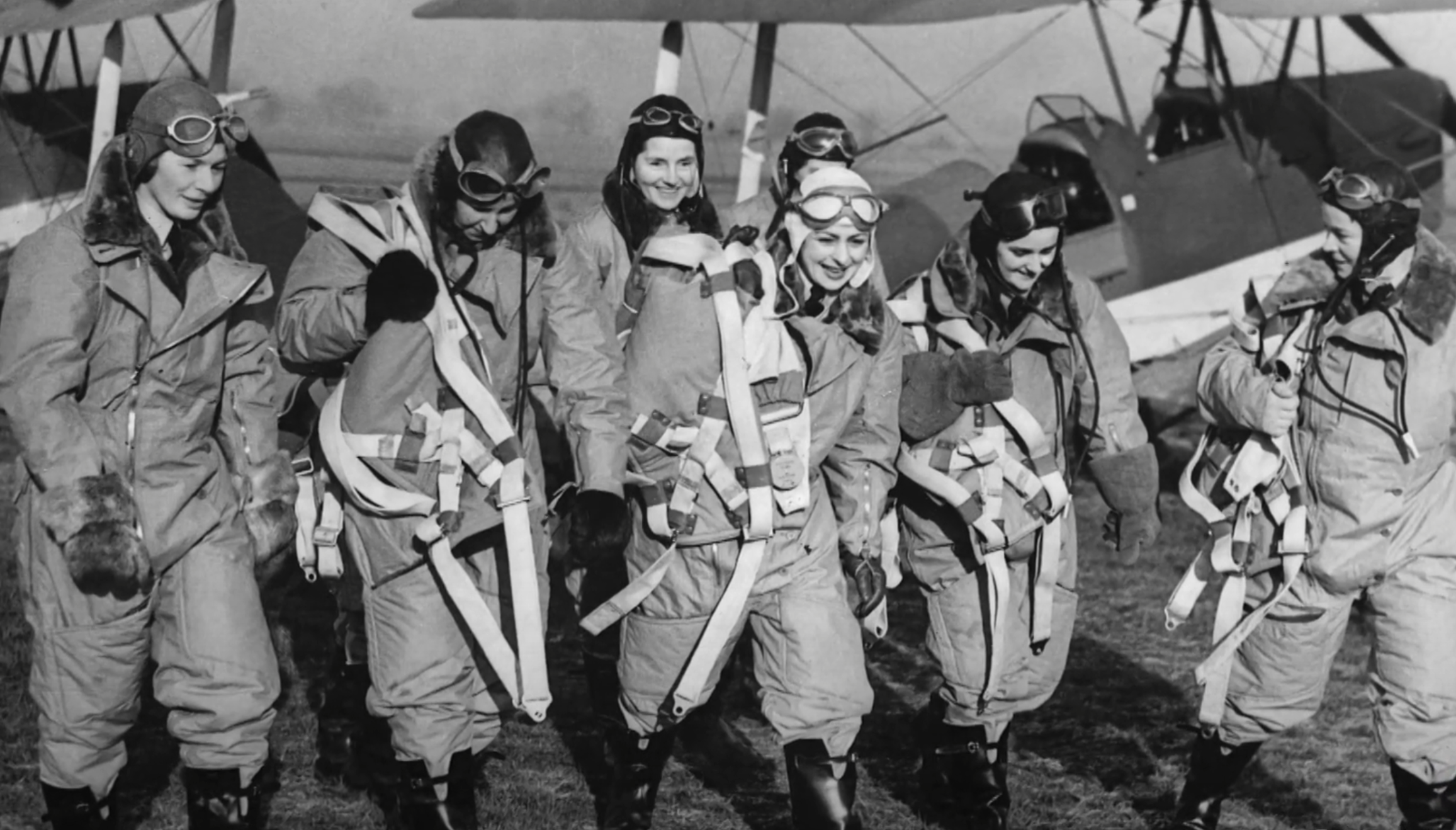
Supplying the Squadrons
The work rhythm seldom changed. A telegram arrived naming the next destination; Edwards took a train to a factory, signed for the aircraft, and flew it wherever Fighter or Bomber Command required. In 1944, after Allied troops landed in Normandy, assignments grew longer. She ferried fighters across the English Channel to hastily built French strips, navigating by rivers and church spires because security officers removed every place‑name from her maps.
Weather and fuel shortages often proved as dangerous as enemy guns. ATA pilots carried no weapons and rarely had radios tuned to operational channels. If cloud lowered or petrol gauges wavered, the only option was to hunt a clearing and hope a maintenance party could retrieve the aircraft later. Edwards accepted the risks, explaining that fear “didn’t help you fly any better.”
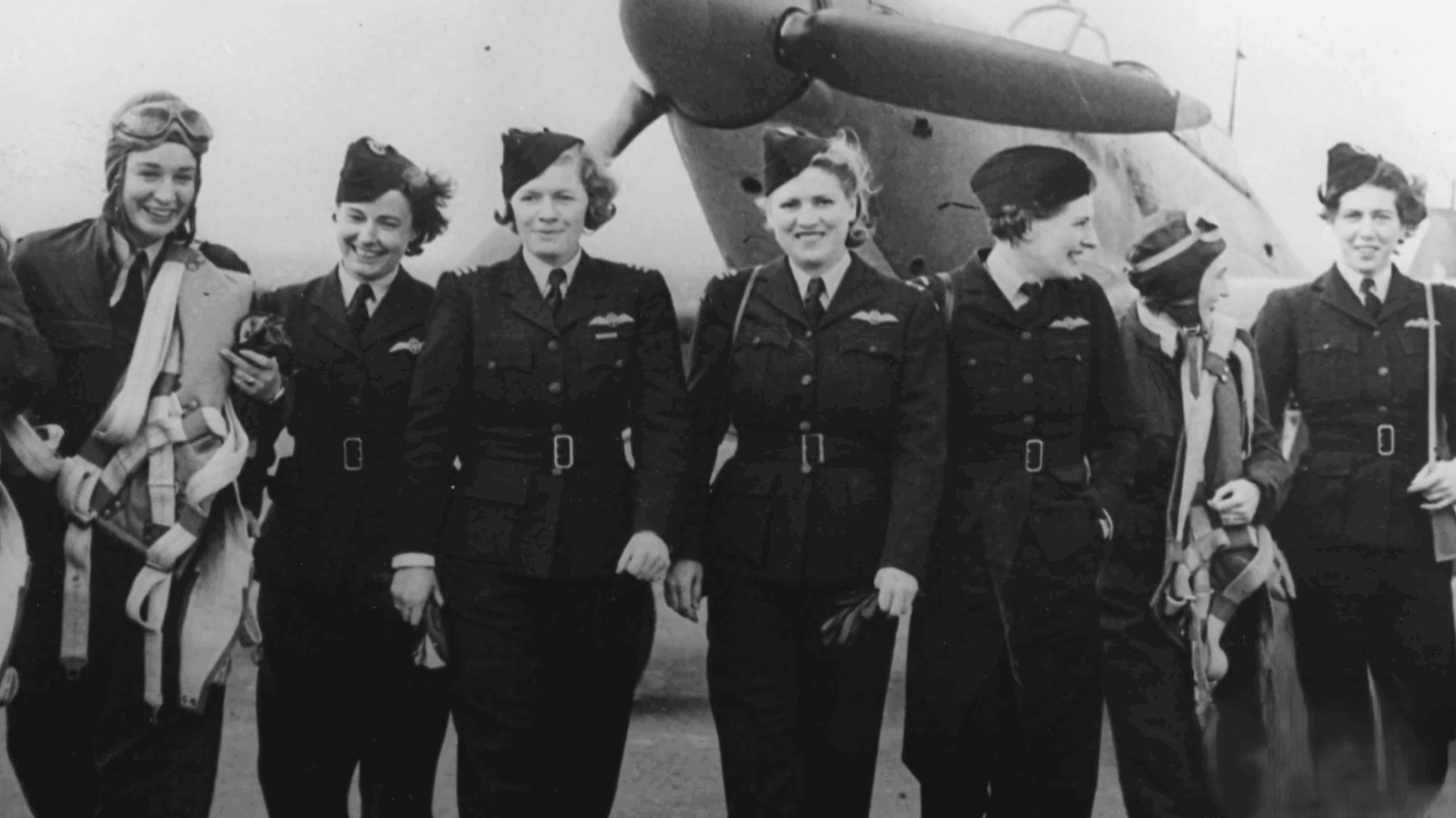
Recognition Earned, If Quietly Given
By war’s end the ATA had delivered more than 309,000 aircraft—a remarkable total for an organisation that never numbered more than 1,300 pilots at one time. Its female flyers matched the men hour for hour and casualty for casualty, yet official thanks were modest. Edwards’ final debrief noted, almost off‑handedly, that she was “a better pilot than she believes herself to be.” That single line, tucked into a personnel file, became her favourite award.
When the ATA closed in November 1945, she hung up her headset and set out to see the wider world that conflict had only hinted at. Travels took her across Europe and eventually to Vancouver’s North Shore, where mountain ridges reminded her of low‑level runs over English hills.
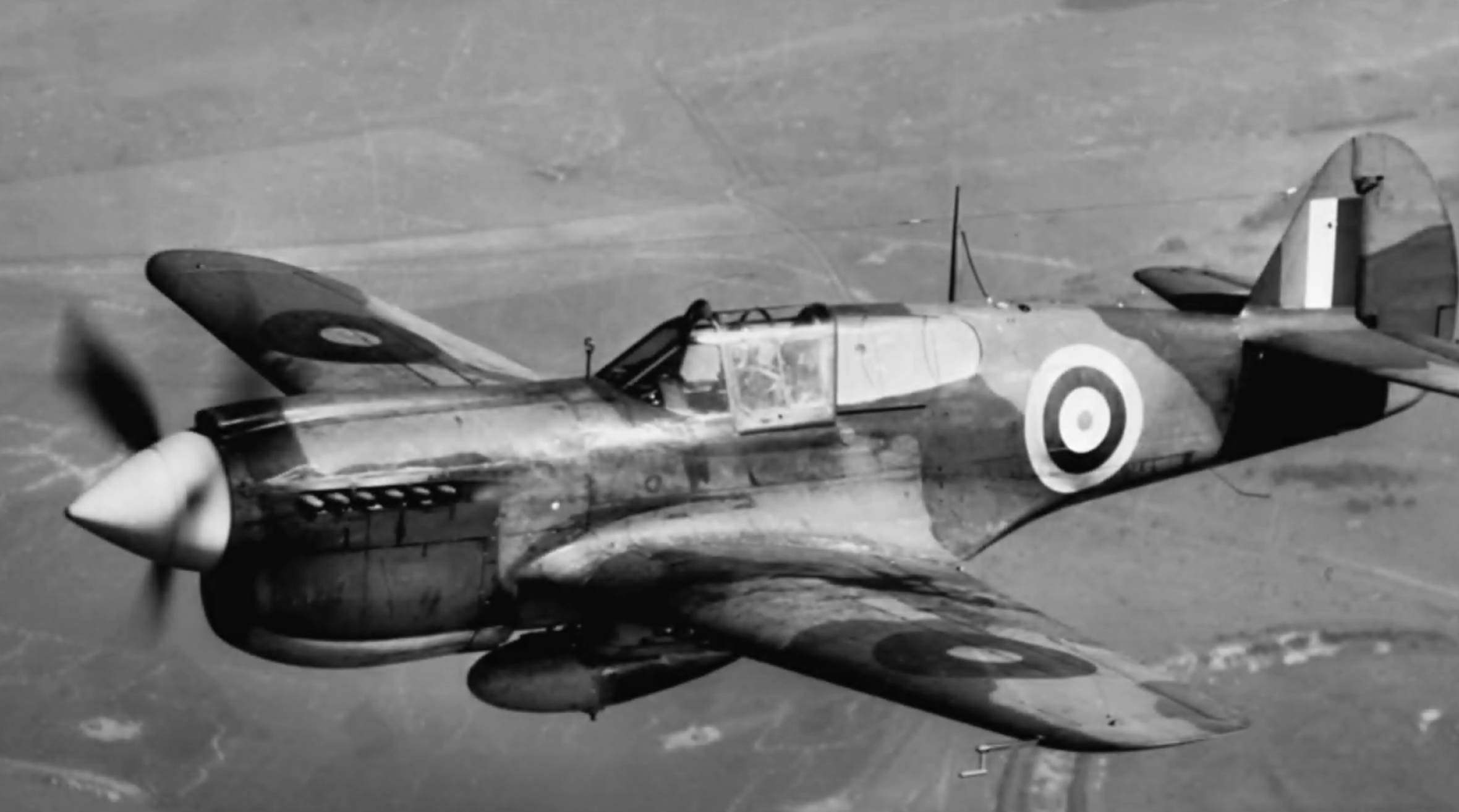
A Different Kind of Adventure
Life after aviation brought new roles—teacher, wife, and mother—yet friends say she never lost the habit of glancing upward at engine noise. In her eighties she accepted one last gift flight, circling above the coastal city of White Rock in a small trainer that felt, for a moment, like a Tiger Moth returning to claim an old pupil. She landed grinning and told the pilot, “Still fun, isn’t it?”
Her husband and children heard many tales, though she insisted they were only “accounts of doing a necessary job.” For Edwards, heroism lay in the ordinary discipline of reading the checklist, following the compass, and trusting a booklet taped to her knee.
Legacy of the Atta‑Girls
Stella “Jaye” Edwards died on 15 August 2023 at the age of 103, one of the last witnesses to a unique chapter of wartime aviation. Today, historians studying the logistics behind Britain’s air campaign point to the ATA as a vital but often overlooked link. Without the “atta‑girls,” squadrons might have waited days for replacements that arrived instead within hours.
Edwards once summed up her service with characteristic understatement: “I was doing something nobody in my family had done, and that was my aim—to do my own thing.” In six simple words she captured both the spirit of individual adventure and the quiet professionalism that helped keep Britain’s front‑line wings turning during the darkest years of the twentieth century.














